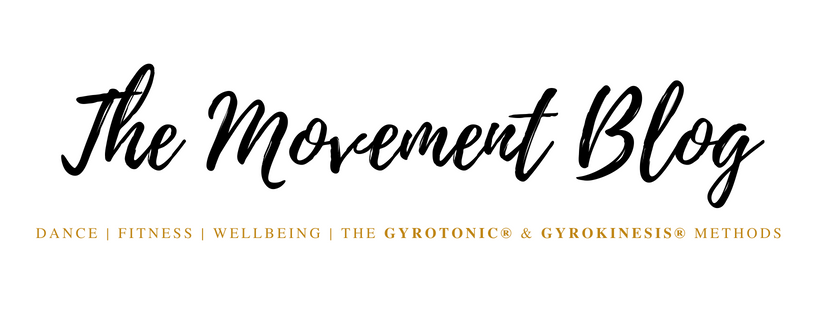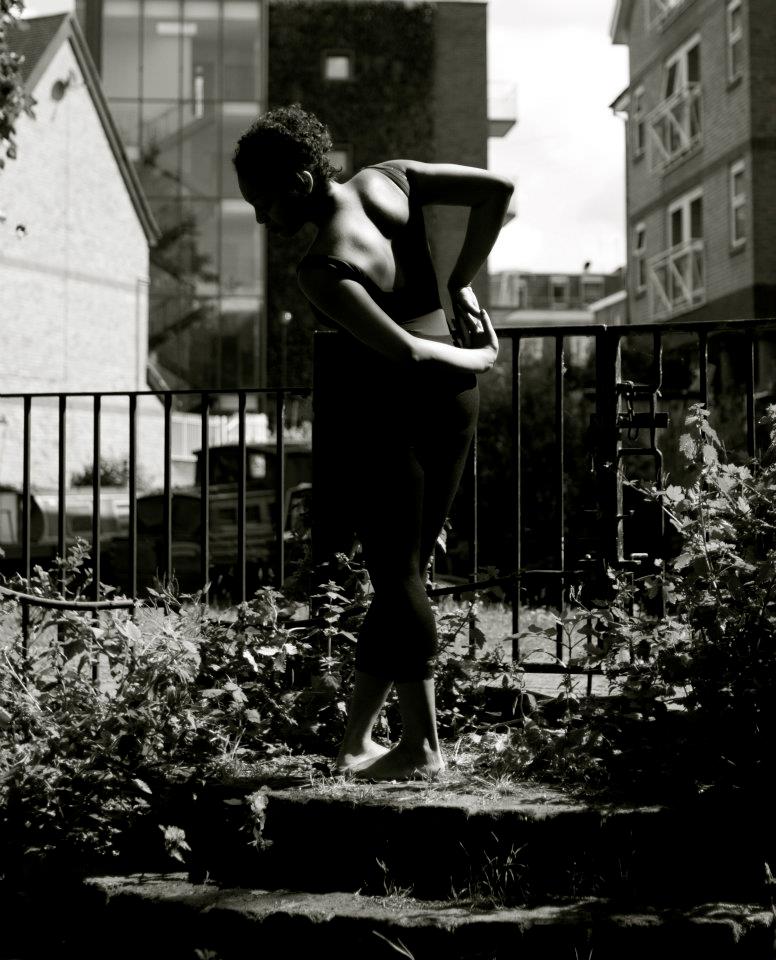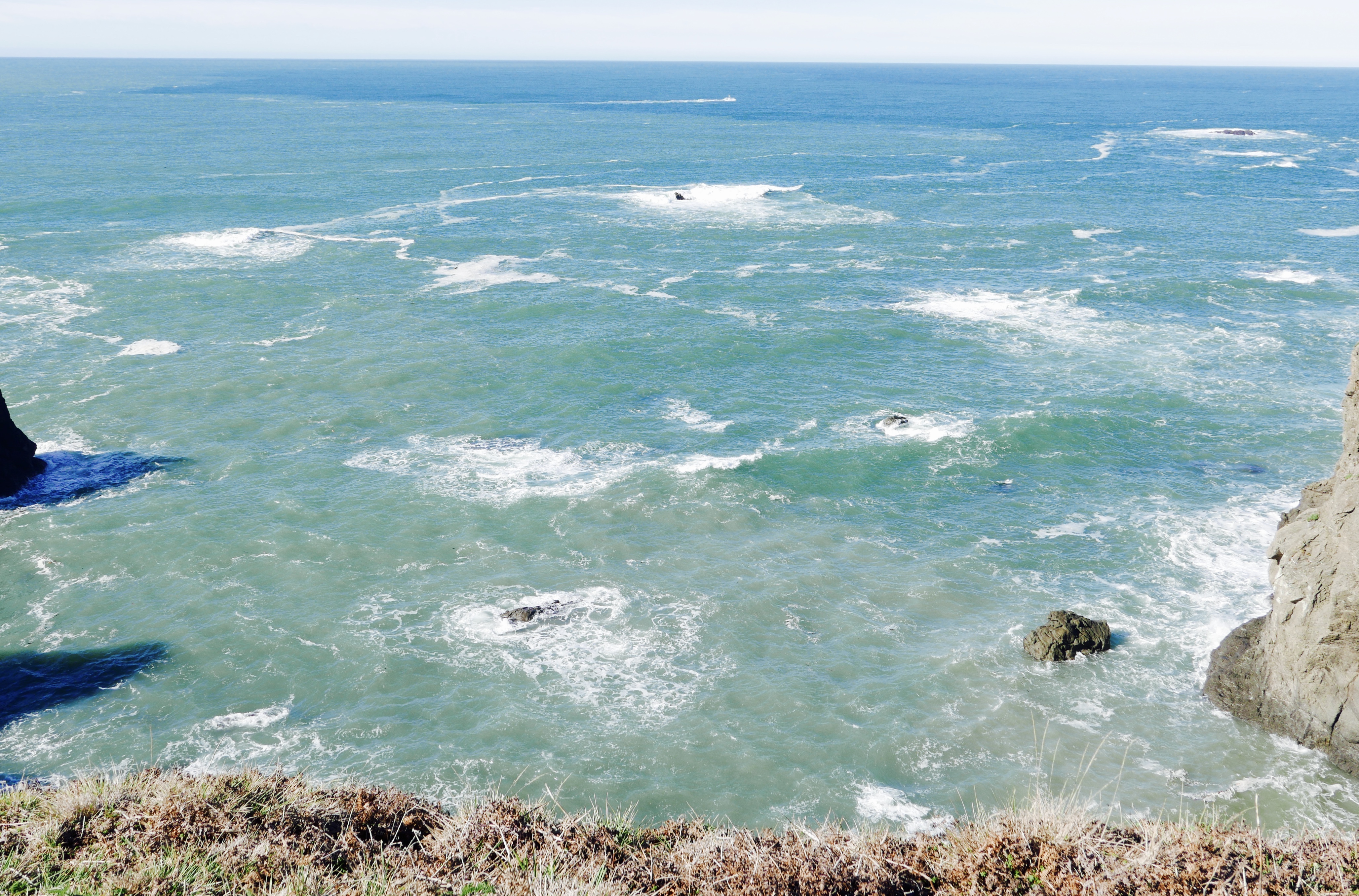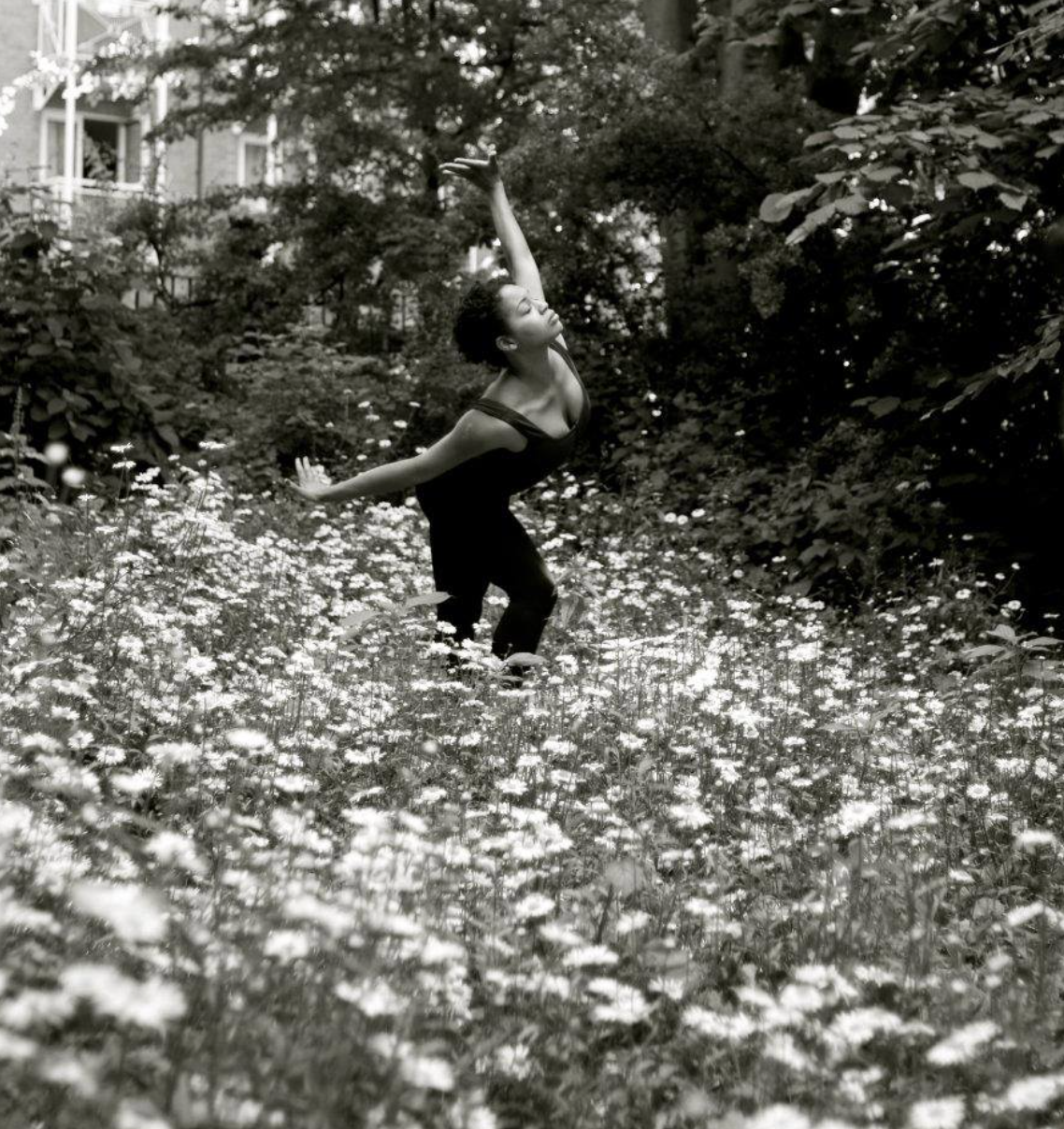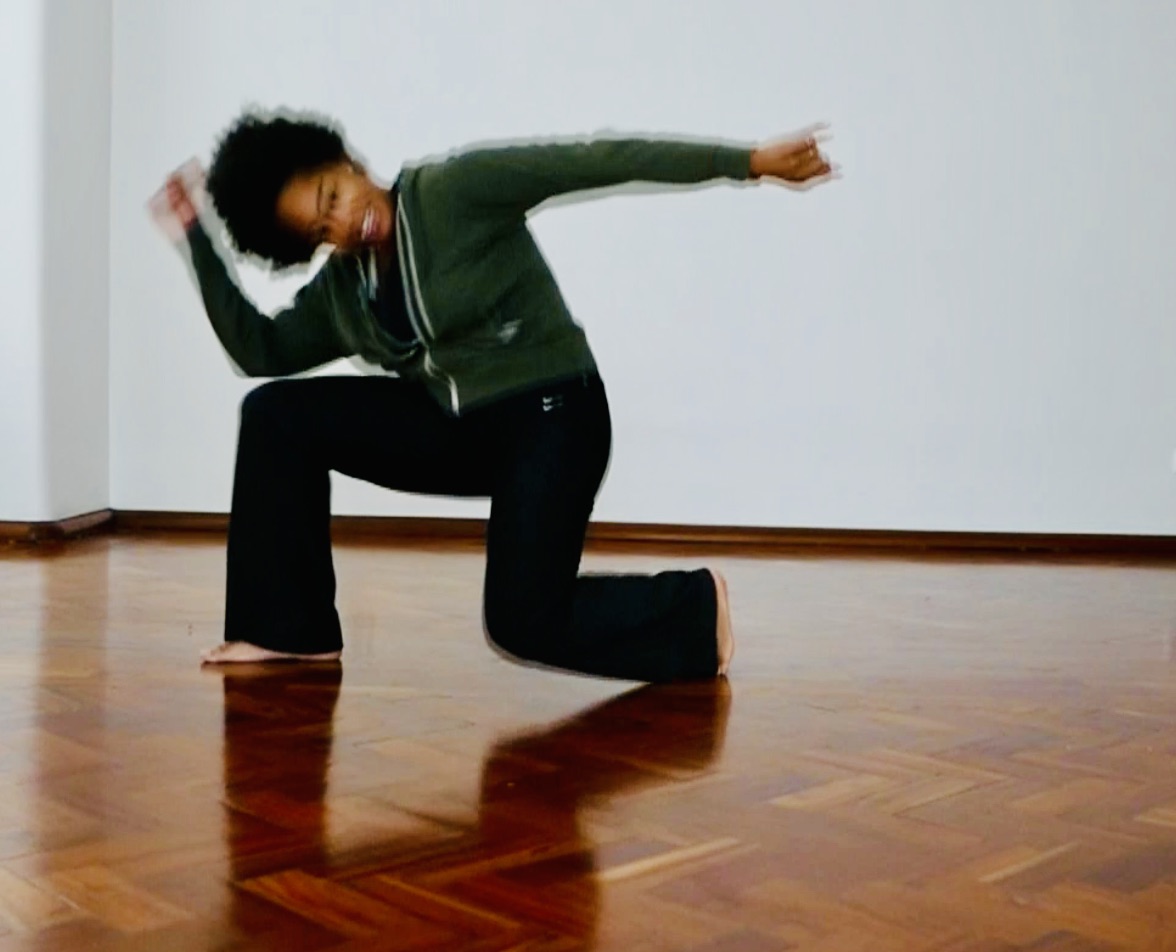It’s important to adhere both mental and physical preparation especially when returning back to dance and performing.
There are quite a few ways to mentally and physically prepare for a journey back to dance. Whether you’ve taken a year or a week off, your body and mind will need the upmost care (and respect). Some key elements involve cross-training, ‘letting go’, and knowing when to rest. Know why these are important and how to achieve them.
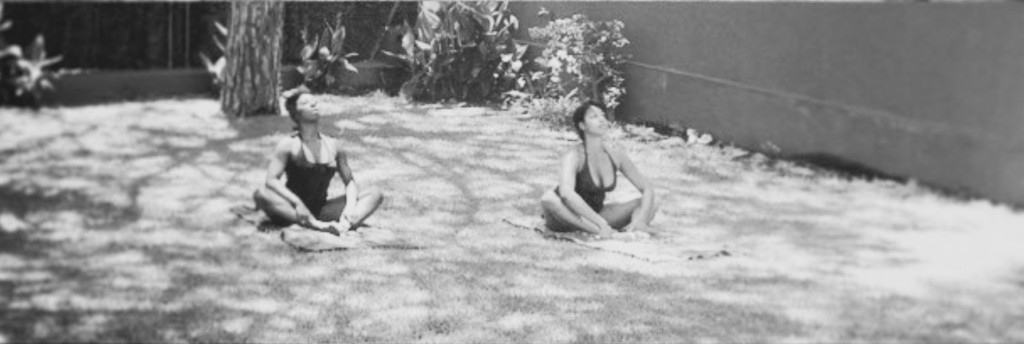
Cross-Train
My current schedule, other than dance, consists of GYROTONIC®/GYROKINESIS® (of course), yoga, pilates, running, and strength/circuit training. I’m a huge fan cross-training because it keeps my schedule interesting and I can feel improvement more rapidly. There are also a number of studies that prove a dancer’s schedule should include specific and complimentary training.
Thankfully ‘cross-training’ has become more popular within the dance community (thank you, Misty and others) as it was previously feared that a dancer would become ‘too bulky’ or ‘too tight’. Contrary to popular belief, maintaining a balanced workout could actually help avoid over tightening, over stretching, and, most importantly, injury.
Why is this important?
A number of studies have recommended other training regimes to supplement dance training. Cross-training helps to reduce tiredness and improve muscular endurance. Fatigue contributes 90% of injury and ‘overuse’ cases therefore, cross-training can help to reduce this risk. In turn, it could also help with enhancing power and stamina needed for unpredictable phrasing/choreography.
Ballet Master, Dominic Antonucci, states that, “boxing improved my strength and stamina, but also provided psychological advantages […] by working on something else physical in my free time, I could return to ballet with mental vigour”. Birmingham Royal Ballet dancer, Jamie Bond, also states that, “[…] training with specific goals in mind is key in preventing muscles from ‘bulking up'”.
How to do it:
Keep it low cost and convenient. Look for deals and reasonable class packs near where you live and/or work or use site like Class Pass. Teachers or Trainers could ‘swap’ sessions with each other or take turns leading a class.
Use a fitness app. My favorite go to: The Nike Training Club App. There are many free apps out there.
Create a ‘buddy’ system. Create a group where you and your friends can schedule days to go to the gym or class together, like WhatsApp.
Choose something that you enjoy. Once you begin to enjoy a new activity or class, make it a part of your routine. However, if this new activity or class is proving to become detrimental, it’s important to know when to stop.
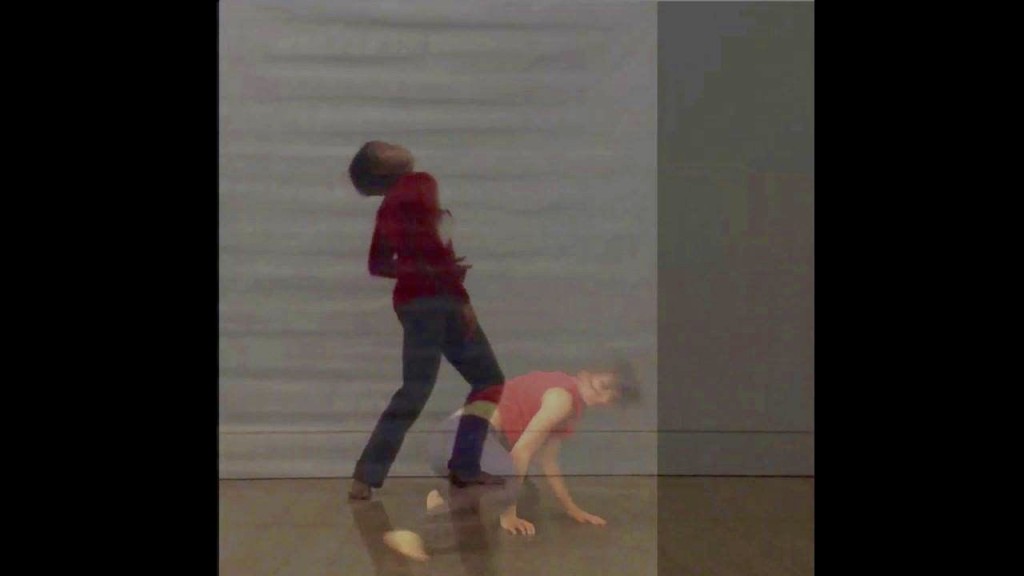
‘Let Go’ When You Can
At the end of the day we’re just practising […] I don’t really worry about what happened before because I think that can really restrain you. I just try to be really present, to be true to what I’m thinking and working on at that moment, and hope that that resonates with other people.
Why is this important?
Letting go of preconceived notions is a tough task as our brain mainly works around things we’ve seen or done before. It helps you to move forward, progress, and enjoy new information. In addition, obtain weekly, daily, and hourly goals, but be prepared for these goals to change. What you’ve done last year, yesterday, or five minutes ago will be completely different from you need to do ‘now’. This is also a great tool for creativity.
How to do it:
This can be done on your own time whether you’re practicing or performing. Each class, rehearsal, and/or performance can be a new opportunity to approach movement differently. Learn from what you’ve done before but also make room to focus on something different and to create something new. This may also mean to push beyond your limits with reasonable risks. “It’s not what you’re doing, it’s how you’re doing it […] have a real experience (Alonzo King)”.
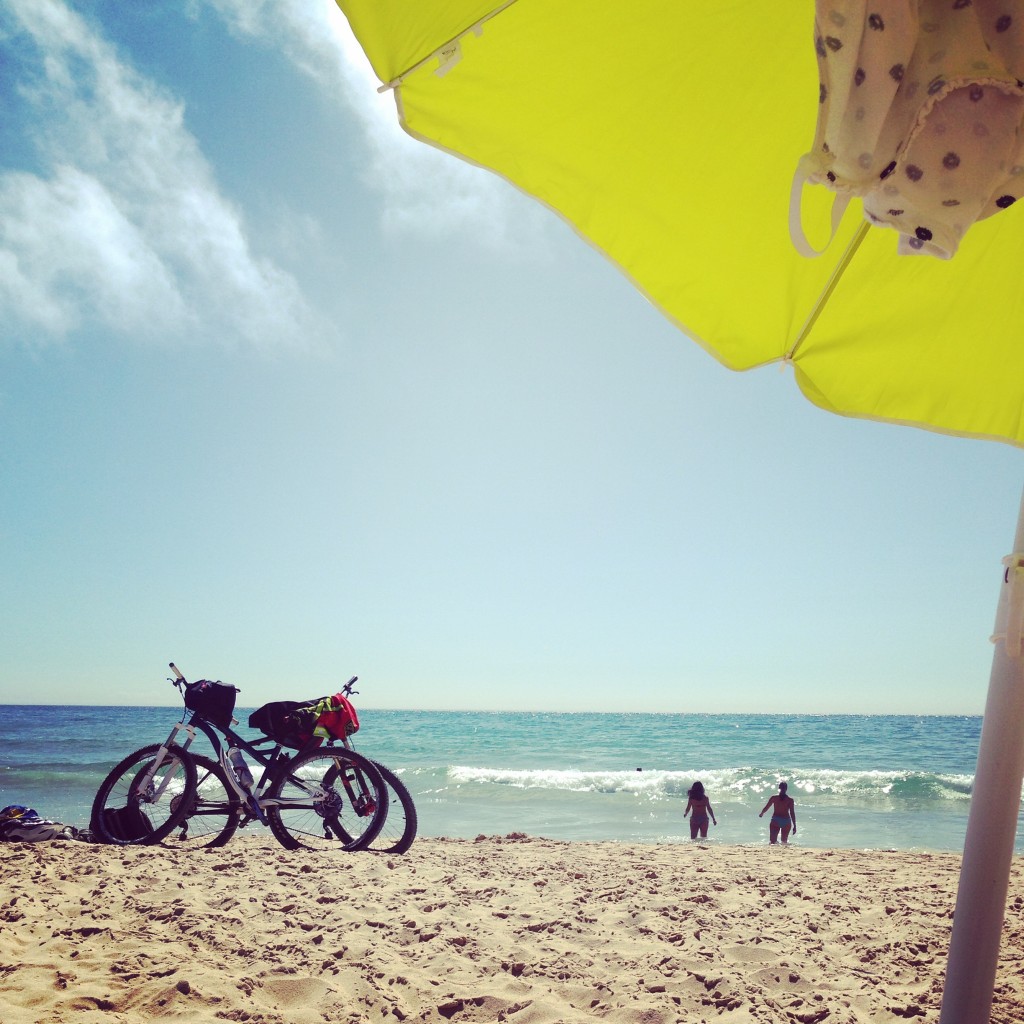
Rest
Why is this important?
Don’t be afraid to take a day or two off, or a well-deserved vacation. There are many benefits of rest. One of the most important reasons for rest for a dancer is avoiding burnout. Constructive rest is also beneficial as this practice helps to restore balance in the body (and can take up to as little as 2-5 minutes). This is also great for when you may be feeling overwhelmed or overworked during the day.
How to do it:
Sleep Well
Can’t fall asleep? Clear your mind with apps like Headspace that can provide an effective way to meditate, relax, and reduce stress.
Nourish Yourself
Eating good, healthy food is another great way to replenish the body and provide relaxation (why, hello dark chocolate).
Go to the Spa
Yes, and get a massage if you can.
Practice at Home
Take it easy with self-massage techniques such as foam and ball rolling, or yoga or Gyrokinesis practice with a guided video.
Read up:
Fitness & Strength FAQ’s – Dance UK
Cross-Training and Injury Prevention – Gaynor Minden
Importance of Dance Fitness – IADMS
